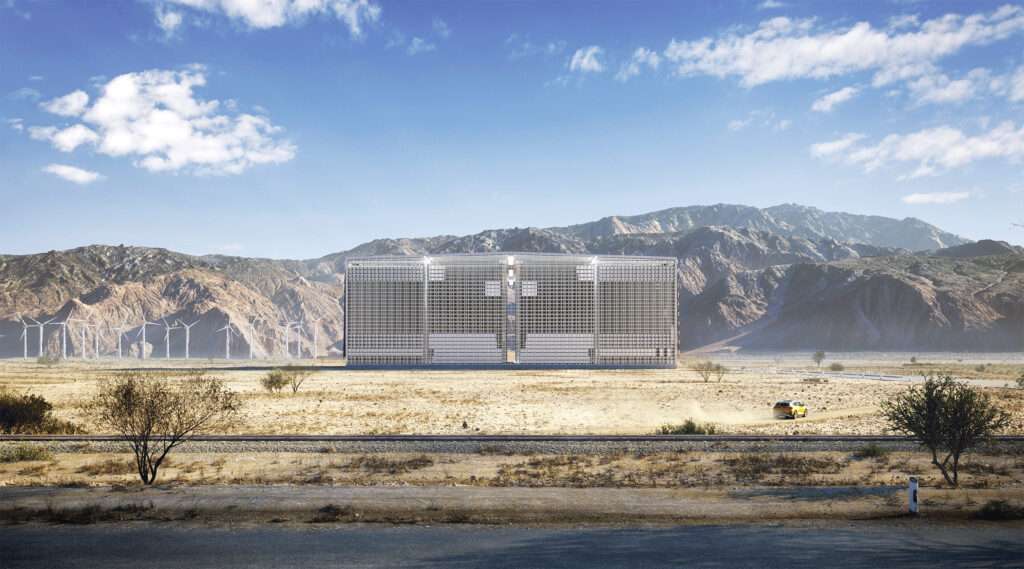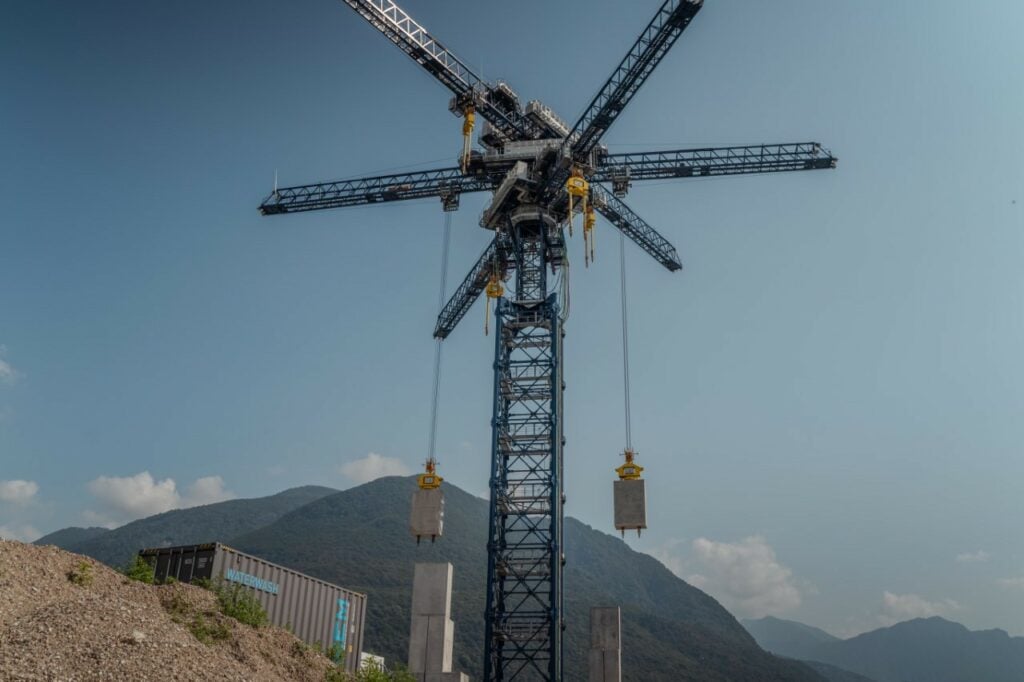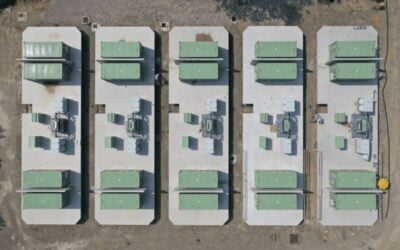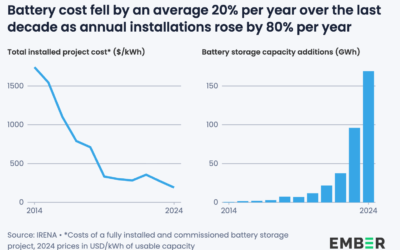
A 100MWh gravity-based energy storage system developed by Energy Vault is expected to begin construction in China in the second quarter of this year, the Swiss-American startup has claimed.
Energy Vault has just received a US$50 million investment commitment as well as a US$50 million licensing agreement for its technology — which involves mechanically lifting and lowering large weights to release potential energy — from Atlas Renewable, a company majority-owned by Chinese environmental services firm China Tianying Inc (CNTY).
Under the terms of the US$50 million license and royalty agreement, Atlas Renewable and CNTY will look to deploy Energy Vault’s proprietary technology across mainland China, Hong Kong and Macau.
A site has already been selected in Rudong, Jiangsu Province, with construction expected to start in the next few months on a 100MWh project. Power output in megawatts was not disclosed.
Try Premium for just $1
- Full premium access for the first month at only $1
- Converts to an annual rate after 30 days unless cancelled
- Cancel anytime during the trial period
Premium Benefits
- Expert industry analysis and interviews
- Digital access to PV Tech Power journal
- Exclusive event discounts
Or get the full Premium subscription right away
Or continue reading this article for free
CNTY as a waste materials processing and recycling company will assess how waste materials could be used to form the large blocks serving as weights in the Energy Vault systems.
The announcement made this week by the gravity storage company comes as it targets a New York Stock Exchange listing (NYSE) via a special purpose acquisition company (SPAC) merger. Shareholders of the SPAC, Novus Capital Corporation II, will vote on the transaction on 10 February.
In October last year a Form S-4 filed by Novus Capital Corporation II disclosed that Energy Vault — which to date has only built one system, a 5MW demonstration project in Switzerland — had not yet perfected its large-scale energy storage system platform technology, called EVx, nor had it closed any sales.
That has not so far prevented the company from securing multi-million dollar investment commitments, with the most recent being a US$50 million commitment into the SPAC transaction from Korea Zinc. The startup has also launched a software services division, called Energy Vault Solutions and headed by former Greensmith Energy CEO John Jung.
Energy Vault said the SPAC merger and listing will value the startup at US$1.1billion.
Atlas Renewable’s fresh US$50 million investment commitment is an uplift from a US$150 million commitment already made by the company to Energy Vault-Novus’ private investment in public equity (PIPE).
Energy Vault has claimed the advantages of its technology include scalability and the use of low-cost materials. Some sources have however voiced scepticism of its reliance on moving parts which could require heavy maintenance, as well as doubts over the ability of the systems to effectively store and release large amounts of energy on demand as required.






